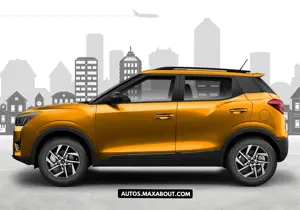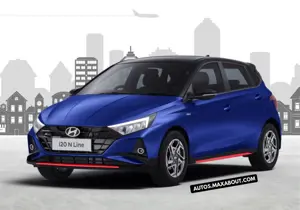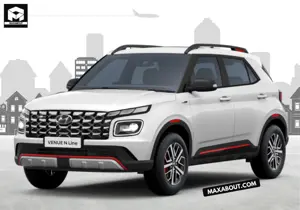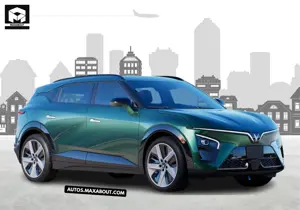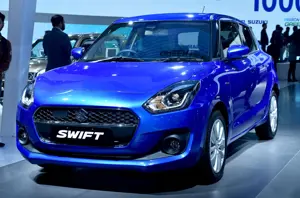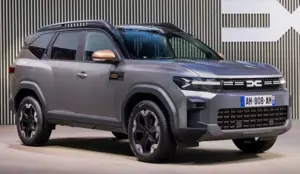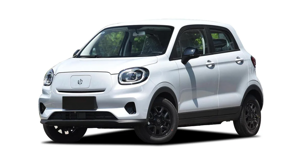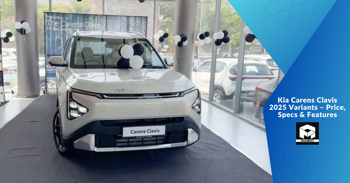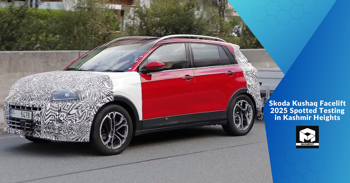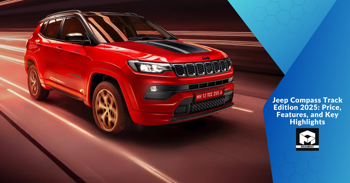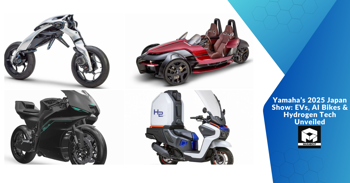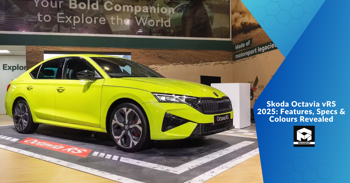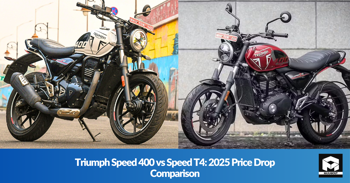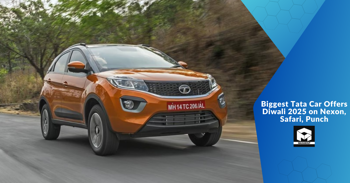What are the long term costs as well as environmental impact of Ashok Leyland Dost CNG LS vs electric?
As environmental sustainability is gaining more attention and electric vehicles are becoming more popular, many small business owners are considering between CNG and electric mini trucks. The Ashok Leyland Dost CNG LS has been a popular vehicle in the past due to its relatively low emissions compared to diesel vehicles as they are entering the market with electric alternatives. The debates this has sparked about long term costs – initial purchase price, fuel/charging costs, maintenance, and government incentives – have been heated. Then there is the environmental impact question: CNG is cleaner than diesel, but electric vehicles can promise zero emissions (at least at the point of use). Nevertheless, the environmental comparison must take into account the source of electricity and battery production as well. CNG stations are also more common than EV charging points in many areas, which is another key point. Therefore, financially and environmentally which one makes more sense in the long run? In this article, we will look at the pros and cons of Dost CNG LS vs its electric counterparts.
I did the math, and the Dost CNG LS still wins for me. It is cheaper in terms of initial cost and the CNG infrastructure is already there. On paper, electric sounds good, but we are not there yet in terms of practicality.
Most Popular Cars
Based on Cars Popular on Maxabout
Mahindra XUV300 W4 TurboSport
₹ 9,30,500
1093 Views
Hyundai i20 N Line N6 DCT Dual Tone
₹ 11,33,800
783 Views
Hyundai Venue N Line N8 DCT
₹ 13,81,800
842 Views Recently Added Cars
New Cars Added On Maxabout
VinFast VF7 Sky Infinity
₹ 25,49,000
457 Views
VinFast VF7 Sky
₹ 24,99,000
433 Views
VinFast VF7 Wind Infinity
₹ 23,99,000
456 Views Upcoming Cars
Exciting Upcoming Cars
Maruti Swift Hybrid
₹ 10,00,000
1582 Views
Renault Boreal Bigster SUV
₹ 13,00,000
1652 Views
Leapmotor T03
₹ 8,00,000
1168 Views Discussions and Questions What Are The Long Term Costs As Well As Environmental Impact Of Ashok Leyland Dost Cng Ls Vs Electric
Ask a Question
Latest News
Recently Added News
Jeep Compass Track Edition 2025: Price, Features, and Key Highlights
Friday, 10 October 2025 4:33 AM
